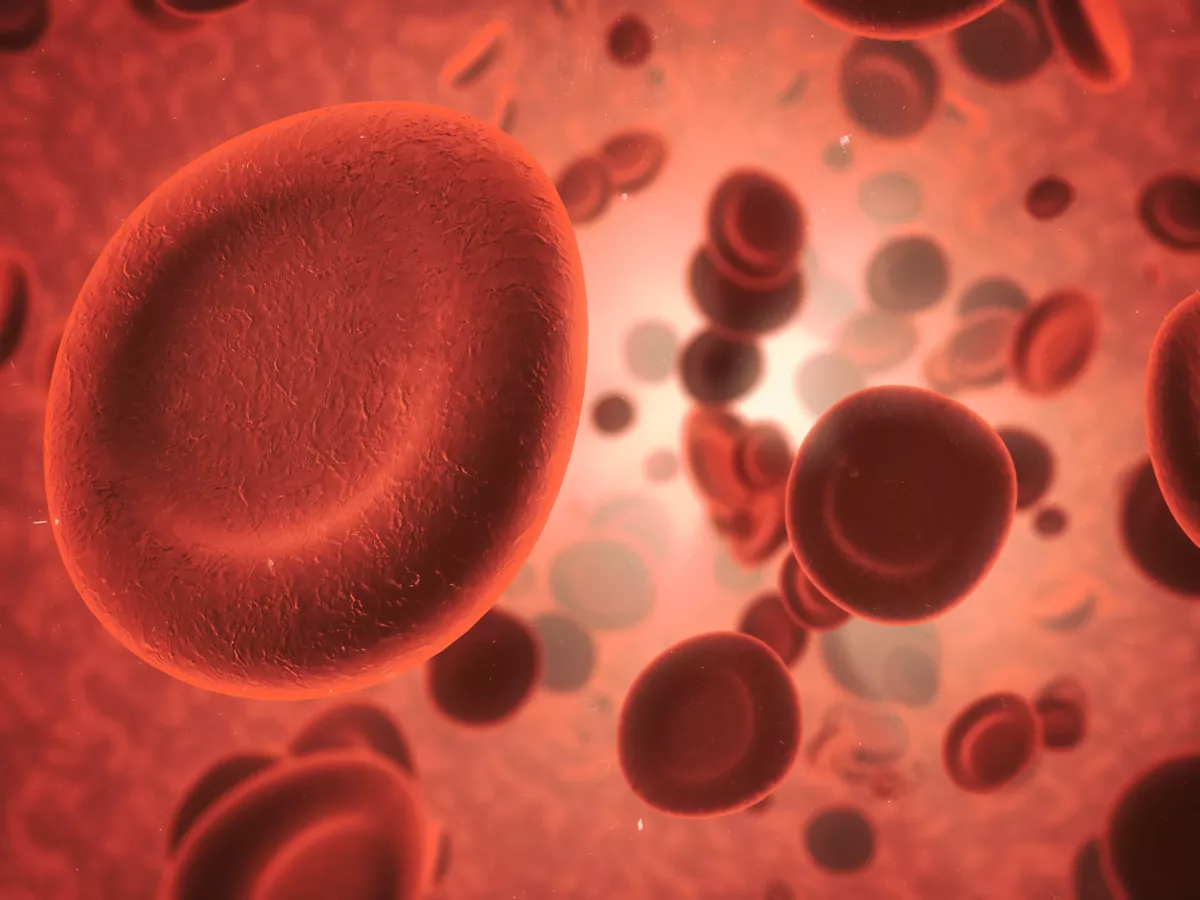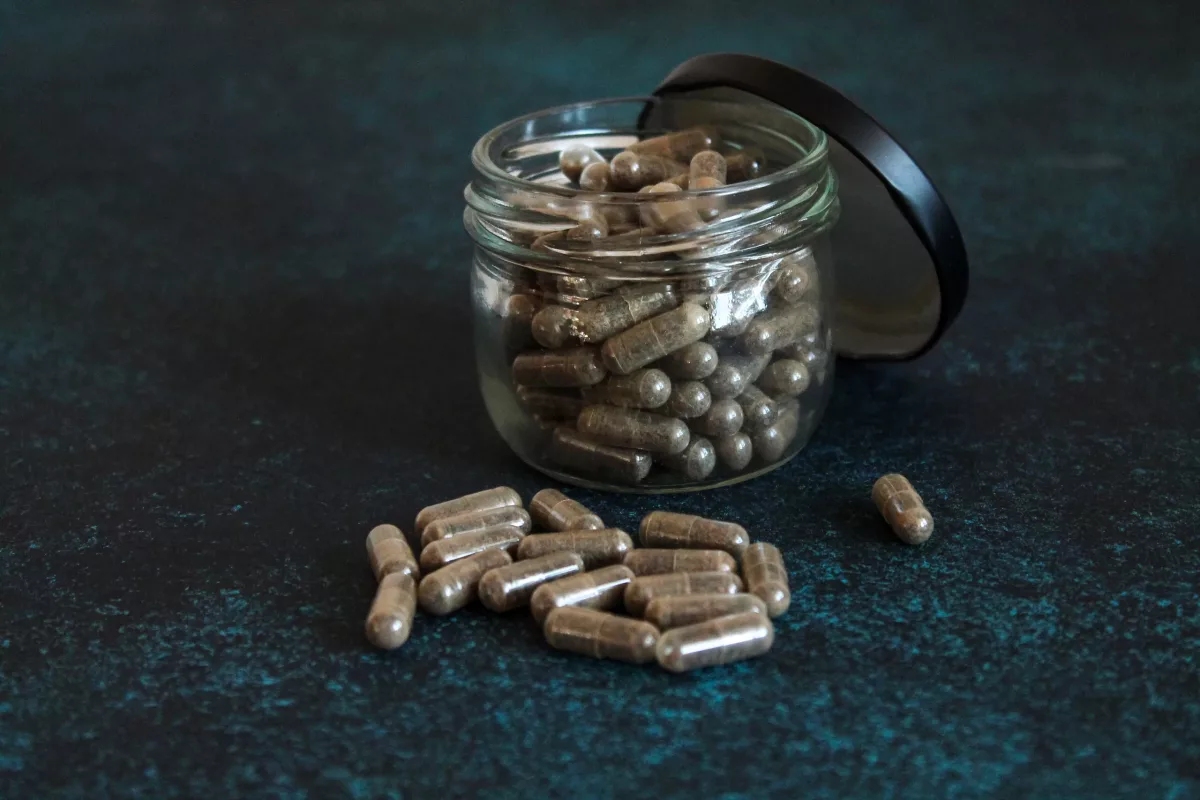A type of anemia, which commonly occurs when blood lacks adequate healthy red blood cells, is called iron deficiency anemia. It is a serious problem because red blood cells carry oxygen to structures and organs of the body.
According to the name, this type of anemia occurs due to decreased or a lack of iron levels. When iron levels are reduced, the body cannot make enough substance required for red blood cells to carry oxygen (also known as hemoglobin). The most common symptoms of iron deficiency anemia are tiredness and shortness of breath.
Usually, people may treat this condition with iron supplements, but sometimes, they need additional testing and treatments for this condition, especially if doctors notice internal bleeding.
Symptoms
In mild cases, people do not experience any symptoms, but when the disease advances, it may cause the following symptoms. Check below some examples:
- Fatigue (extreme tiredness)
- Pale skin
- Weakness
- Chest pain
- Fast heart rate
- Shortness of breath
- Cold hands and feet
- Inflammation or soreness of the tongue
- Brittle nails
- Unusual cravings for ice, dirt, or starch
- Appetite changes
Mild forms of iron deficiency anemia are often treated with lifestyle changes and iron supplements. However, if you develop a severe form, you may need to see a doctor for treatment. In addition, you should not take iron supplements too much because an accumulation of iron in the body may cause damage to the liver and other serious complications.
Causes
This condition appears when a person has reduced iron levels or a lack of iron in the body. It is very important because it helps produce hemoglobin, which helps red blood cells carry oxygen throughout the body. Iron deficiency in the body occurs if you do not eat enough or lose too much. Check below some causes of iron deficiency anemia:
- Blood loss – If you experience bleeding or hemorrhage, iron levels decrease. For instance, women lose iron during their menstrual periods each month. However, there are other factors that may also lead to bleeding. For example, chronic blood loss within the body (including from a peptic ulcer, hiatal hernia, colon polyp, or colorectal cancer), gastrointestinal bleeding that may occur due to overuse of Aspirin (an over-the-counter pain reliever), and others.
- Lack of iron in the diet – It means you are not eating enough foods that contain iron, and you should add into your diet some foods. For example, meat, eggs, leafy green vegetables, and iron-fortified foods.
- Inability to absorb iron – Normally, iron is absorbed into the body through the small intestine. If you have health conditions that affect this intestine, you may not be able to absorb enough iron.
- Pregnancy – Many pregnant women develop iron deficiency anemia if they do not administer iron supplements during pregnancy. Discuss with your healthcare professional for more details.
Risk Factors
Certain groups of people are at increased risk of developing iron deficiency anemia. For example:
- Women – They lose blood during their menstrual periods.
- Infants and children – Those who are born prematurely or are low in birth weight are at increased risk of developing iron deficiency anemia. Moreover, children need extra iron during growth spurts. That’s why it is very important to eat healthy in childhood.
- Vegetarians – People who do not eat meat are also at increased risk of developing iron deficiency anemia.
- Frequent blood donors – If you donate blood regularly, it also reduces the amount of iron in the blood. In such cases, you should eat more iron-rich foods and take supplements.
What Are The Long-term Effects of Iron Deficiency Anemia?
While people with mild forms of iron deficiency anemia do not experience complications, others may experience some of them, especially if the condition goes untreated. Check below some examples:
- Heart problems – People with this condition may experience the following heart problems. For example fast or irregular heart rhythm, an enlarged heart, or heart failure.
- Problems during pregnancy – In people with this type of anemia, it may lead to premature birth, low birth weight, and other complications. However, it is usually treated with iron supplements.
- Growth problems – Infants and children with iron deficiency may experience anemia, delayed growth and development, and other problems.
How to Prevent Iron Deficiency Anemia?
To reduce the risk of this type of anemia, you should choose iron-rich foods. For example:
- Beans
- Seafood
- Red meat, pork, and poultry
- Dark green leafy vegetables (such as spinach)
- Dried fruit (including raisins and apricots)
- Iron-fortified cereals, bread, and pasta
- Peas
Generally, the body absorbs more iron from meat. If you do not eat meat, you should increase your intake of other iron-rich foods to make sure the body absorbs enough iron.
Furthermore, to improve the body’s ability to absorb iron, you should eat foods that contain vitamin C. You can also choose drinks that contain vitamin C, such as citrus juices (including orange juice). Check below some foods that contain vitamin C:
- Broccoli
- Oranges
- Peppers
- Tangerines
- Tomatoes
- Strawberries
- Leafy greens
- Kiwi
- Grapefruit
- Melons
To prevent iron deficiency anemia in infants, it is recommended to feed the baby with breast milk or iron-fortified formula for the first year of life. Cow’s milk is not a good source of iron for infants. Moreover, you can start feeding your baby with iron-fortified cereals or pureed meats after 6 months of age.
Diagnosis
First, doctors will perform tests to check for:
- Red blood cell size and color – In people with this type of anemia, blood cells are smaller and paler in color.
- Hematocrit – This is the % of the blood volume made up of red blood cells. Normally, it is between 35.5% and 44.9% for adult women and 38.3% to 48.6% for adult men.
- Hemoglobin – Reduced levels of hemoglobin may indicate anemia. For example, the normal range of hemoglobin is between 13.2 to 16.6 grams per deciliter of blood for men and 11.6 to 15 grams per deciliter of blood for women.
- Ferritin – This is a specific protein that helps store iron in the body. Reduced levels of ferritin may also indicate low iron stores in the body.
When the condition is caused by another one, doctors may perform the following tests to check for the underlying condition. Examples include:
- Endoscopy – This procedure is used to check for bleeding caused by a hiatal hernia or stomach ulcer. Endoscopy uses a long and flexible tube with a lighted camera on the end (endoscope) that is inserted into the stomach through the esophagus (the tube that carries food and drinks from the mouth to the stomach).
- Colonoscopy – This test is used to exclude conditions that may cause bleeding.
- Ultrasound – Doctors perform this imaging test to check for the cause of excessive menstrual bleeding (such as uterine fibroids).
Treatment
In most cases, iron deficiency anemia is treated with iron supplements. Additional treatment is needed when this type of anemia is caused by an underlying condition.
Iron Supplements
Physicians recommend over-the-counter (OTC) iron supplements to replenish the iron levels in the body. For infants and children, iron supplements are available in a liquid form. To improve the absorption, you should take supplements in the following way. For example:
- Administer supplements on an empty stomach
- You should not take at the same time antacids and iron supplements because it may lead to some unpleasant symptoms. You should administer iron supplements at least 2 hours before or 4 hours after you administer antacids.
- Vitamin C is known to improve the absorption of iron. You can administer iron supplements with a glass of orange juice or a vitamin C supplement.
Some people may experience constipation when administering iron supplements. However, doctors often recommend stool softeners. Furthermore, iron may turn your stools black, but it is a harmless adverse reaction.
It is important to know that iron reserves cannot be replenished quickly. Thus, the treatment may last a few months or even longer, depending on the severity of the condition.
Treatment for Underlying Conditions
If you do not notice improvements with iron supplements, you may have another problem that affects iron absorption. Check below some additional treatments:
- Medicines (including oral contraceptives that help lighten heavy menstrual flow)
- Antibiotics and other medicines to treat peptic ulcers
- Surgery to remove a bleeding polyp, a tumor, or a fibroid
In severe cases, doctors may recommend blood transfusions that help replace iron and hemoglobin faster.
Frequently Asked Questions
What are the main causes of iron deficiency anemia?
This type of anemia is often caused by blood loss, insufficient iron intake, or reduced iron absorption. However, it may also happen due to an underlying condition (such as a tumor or peptic ulcer).
What fruit is rich in iron?
There are multiple iron-rich fruits, such as prunes, raisins, and dried apricots. However, other fruits also contain iron. For example, strawberries, figs, dates, watermelon, and avocado.
What happens if low iron anemia goes untreated?
If you ignore the symptoms and do not get treatment, it may lead to some complications. These include:
- Developmental delays in children
- Pregnancy complications (such as preterm birth or low birth weight)
- Restless legs syndrome
- Heart disease
- Extreme tiredness
- Headaches
This document does not contain a full list of complications of iron deficiency anemia. Ask your healthcare provider if you have additional questions.




